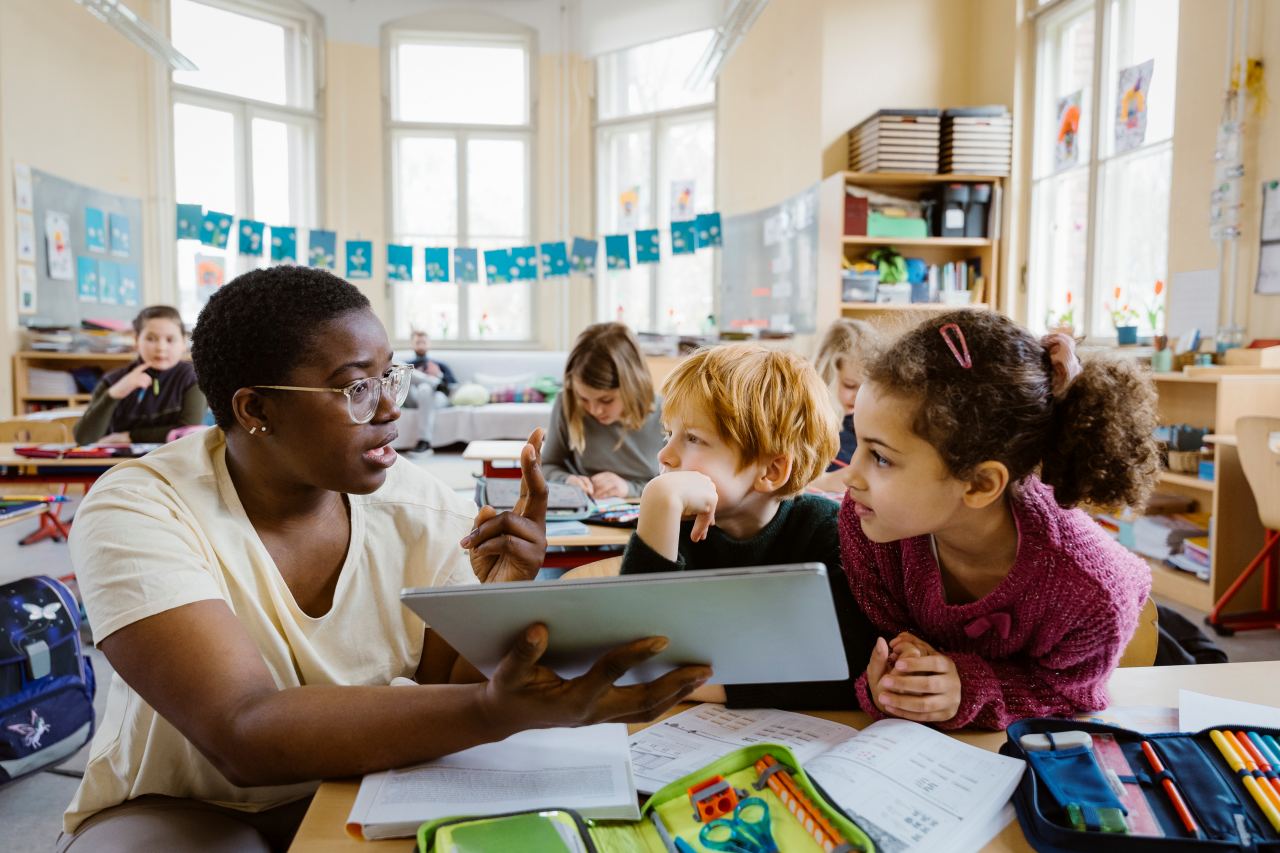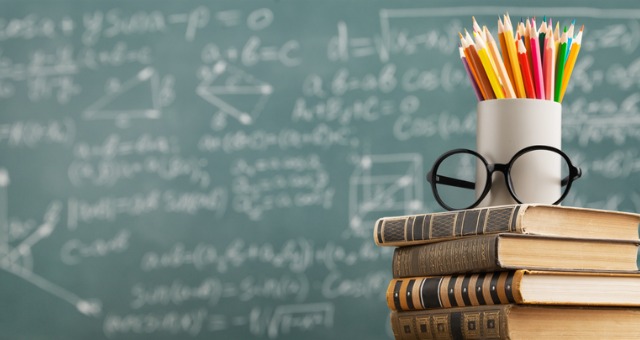Primary Science Tuition Singapore for Building Confidence in Science
Primary Science Tuition Singapore for Building Confidence in Science
Blog Article
A Comprehensive Overview to the Different Knowing Techniques in Key Scientific Research Guideline
The expedition of varied understanding techniques in primary scientific research direction presents an opportunity for instructors to enhance trainee interaction and comprehension considerably. By analyzing hands-on understanding methods, inquiry-based methods, and collaborative approaches, we can determine reliable methods that deal with different finding out styles. Furthermore, the integration of modern technology and distinguished guideline plays a vital role in promoting an inclusive setting. Nevertheless, the inquiry remains: exactly how can these approaches be efficiently applied in the classroom to maximize their impact? The response hinges on a closer assessment of each strategy and its implications for teaching science.

Hands-On Discovering Strategies
Hands-on learning techniques play a critical function in main scientific research instruction, engaging trainees in active expedition and testing. These techniques enable students to engage straight with products and phenomena, cultivating a much deeper understanding of clinical ideas. By utilizing manipulatives, designs, and real-life experiments, teachers produce an atmosphere where trainees can observe, hypothesize, and evaluate their ideas.
Such techniques not just boost understanding however likewise grow vital thinking and problem-solving skills. When pupils join tasks like developing simple devices, planting seeds, or conducting chain reactions, they are motivated to ask questions and look for solutions with their own observations. This experiential method assists to demystify intricate clinical principles, making them a lot more accessible and relatable.
Additionally, hands-on learning promotes partnership among peers, as students frequently work in teams to carry out experiments or share findings. This team effort not only enhances their knowing experience yet likewise develops essential social abilities. Ultimately, incorporating hands-on techniques in main science direction cultivates a lifelong love of learning and inquisitiveness about the all-natural globe, laying a strong structure for future scholastic quests in scientific research and past.
Inquiry-Based Discovering
Inquiry-based discovering is an instructional method that encourages trainees to ask inquiries, examine sensations, and create their own understanding of clinical concepts. This method moves the emphasis from traditional teacher-led direction to a much more student-centered experience, where students take the initiative in their academic trip. By fostering curiosity, inquiry-based knowing advertises much deeper involvement with the product, allowing students to explore topics in a purposeful context.
In practice, this approach commonly entails hands-on experiments, monitorings, and critical thinking activities that align closely with the scientific method. Pupils are motivated to formulate hypotheses, design investigations, and assess data, which cultivates necessary skills such as analytical and analytical reasoning. The role of the educator in this framework is to facilitate expedition, leading pupils with the query process while encouraging independent thought and cooperation.
In addition, inquiry-based understanding supports a sense of ownership over the understanding procedure, inspiring trainees to pursue expertise proactively. This technique not only boosts understanding of scientific ideas however also cultivates a lifelong love for knowing, equipping pupils with the skills necessary to browse a progressively complicated world.
Collaborative Learning Approaches
Joint learning techniques encourage students to engage in purposeful communications with peers, promoting a common responsibility for their instructional results. In key science instruction, these approaches encourage learners to function with each other to discover clinical principles, fix troubles, and perform experiments (primary science tuition Singapore). By participating in group activities, students can take advantage of diverse point of views, permitting for richer understanding and retention of clinical knowledge
One secret element of collective discovering is the focus on interaction skills. Trainees should verbalize their thoughts, pay attention proactively to others, and discuss concepts, all of which are important proficiencies in both scholastic and real-world contexts. This social interaction not only boosts their understanding of scientific principles but additionally advertises team effort and dispute resolution skills.
Furthermore, collaborative understanding usually results in enhanced motivation and involvement. They are extra likely to take ownership of their understanding journey when students see the worth of their contributions within a team. Educators can facilitate this process deliberately organized group jobs that line up with curriculum objectives while offering guidance on reliable partnership methods. In general, incorporating joint understanding techniques in main science instruction cultivates a vibrant knowing environment that prepares pupils for future academic and social obstacles.
Technology Combination in Scientific Research
The assimilation of technology in primary science guideline enhances discovering experiences by giving innovative tools and resources that support numerous training methodologies, including collaborative knowing - primary science tuition Singapore. Making use of digital platforms, simulations, and interactive applications allows trainees to engage deeply with scientific ideas, promoting an extra hands-on approach to learning
Online research laboratories, for example, make it possible for students to perform experiments securely and successfully, advertising inquiry-based understanding. These devices can mimic real-world scientific circumstances, enabling trainees to imagine complicated processes that would be difficult to reproduce in a typical class setup. Technology fosters interaction and partnership among pupils, as they can share searchings for and function with each other on projects through on-line systems.
Additionally, multimedia presentations and instructional videos can enrich lessons by catering to varied understanding styles, making abstract principles a lot more available. Data evaluation tools likewise empower pupils to accumulate and translate clinical data, reinforcing essential believing abilities. Generally, the strategic consolidation of technology in main scientific research direction not just improves involvement but likewise prepares students for a technically innovative society, equipping them with crucial skills for future clinical undertakings.
Separated Guideline Strategies
Separated guideline strategies are necessary for addressing the varied demands of learners in main scientific research education and learning. These strategies allow teachers to customize their training methods to accommodate differing abilities, interests, and discovering designs within the class. By using this post set apart guideline, teachers can create an inclusive environment that cultivates interaction and enhances understanding of clinical ideas.
One efficient technique is to use flexible grouping, which permits students to work together with peers at similar skill levels or with my response varying viewpoints. This approach urges peer understanding and advertises essential reasoning. In addition, using options in projects can empower students, permitting them to pick jobs that resonate with their interests while still meeting curricular objectives.
Moreover, including tiered jobs is one more important technique. By making jobs with varying degrees of complexity, teachers can guarantee that all students are suitably challenged, despite their efficiency. Utilizing developmental evaluations to gauge recognizing additional makes it possible for educators to adjust their instructional approaches dynamically, making sure that each learner obtains the support they require.
Eventually, implementing set apart direction approaches in main scientific research education not just enhances trainee learning results yet likewise cultivates an interest for science, preparing trainees for future scholastic pursuits.

Verdict
In recap, efficient key scientific research guideline necessitates a multifaceted method that includes hands-on discovering, inquiry-based approaches, and joint strategies. The assimilation of technology and separated direction additionally caters to diverse knowing styles, fostering an environment conducive to expedition and critical reasoning.
The expedition of varied understanding approaches in key scientific research direction presents an opportunity for instructors to boost trainee interaction and comprehension significantly.Hands-on learning strategies play a pivotal duty in key science instruction, involving trainees in active expedition and testing.Inquiry-based knowing is an instructional strategy that motivates students to ask inquiries, explore sensations, and construct their very own understanding of scientific principles.Collective learning strategies equip students to involve in meaningful communications with peers, fostering a common duty for their academic end results. In general, including collective learning techniques in primary sites science guideline cultivates a vibrant learning atmosphere that prepares pupils for future academic and social challenges.
Report this page